
Don’t Choose the Biggest Watermelon – Look for This Instead to Find the Sweetest, Juiciest One!
When buying watermelons, many people assume that the bigger the fruit, the sweeter it will be. In fact, size can be misleading. Experienced fruit sellers and home cooks agree that the secret to picking a perfectly ripe, red-fleshed watermelon lies in observing just a few simple details. Follow these tips below—nine out of ten people who try them say they always end up with a delicious melon!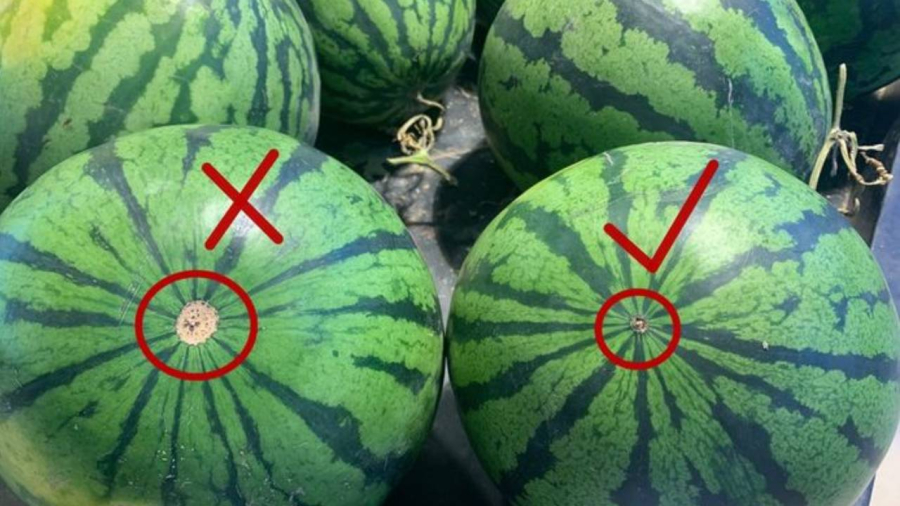
1. Size and Weight
Avoid choosing watermelons that are too large or too small. The best watermelons are medium-sized, weighing around 1.5 to 3 kilograms (3–6.5 pounds). A good watermelon should feel heavier than it looks, indicating that it’s packed with juice. If it feels light for its size, it’s probably dry or underripe inside.
2. Check the Stem
The stem (or vine tail) is a key indicator of ripeness.
-
A curled, slightly dried stem—often twisted like a pig’s tail—means the fruit ripened naturally and is likely sweet.
-
A straight, green stem means it was picked too early, so the flesh may still be pale and bland.
The smaller, browner, and curlier the stem, the more mature and flavorful the watermelon is likely to be.
3. Look at the “Belly Button” (the Navel)
At the bottom of every watermelon, there’s a small circular mark known as the navel or blossom end.
-
A small navel suggests the rind is thin and the inside is dense, juicy, and sweet.
-
A large navel often indicates a thick rind and less flavor.
Think of it as the fruit’s fingerprint—it tells you a lot about its growth and sugar level.
4. Examine the Field Spot
Every watermelon rests on the ground as it grows, and this contact area is known as the field spot.
-
A deep, creamy yellow spot means the melon ripened in the sun and is full of natural sugars.
-
A white or pale yellow spot signals it was picked too early and won’t taste as sweet.
The darker and more golden the patch, the better the melon will taste. If possible, choose fruit with a slightly rough or webbed patch—that’s another good sign of ripeness.
5. Observe the Webbing and Skin Pattern
Look for watermelons with uniform, pronounced stripes or web-like lines. These lines form where bees pollinated the flower, so more lines usually mean the fruit is richer in flavor. On the other hand, faint, broken, or uneven stripes often belong to immature melons.
6. Check for Yellow Spots and Sun Marks
A perfectly ripe watermelon often has small golden or orange spots on its bottom side. These are called sun kisses—a sign the melon has absorbed plenty of sunlight. If the rind is still greenish-yellow, the melon may not be fully developed.
7. “Male” and “Female” Watermelons
It may sound funny, but farmers often talk about “male” and “female” watermelons:
-
Male melons are usually larger and more elongated, containing more water and less sweetness.
-
Female melons are rounder, smaller, and sweeter, often with fewer seeds.
To tell them apart, look at the blossom end: males have a smaller ring (about the size of a coin), while females have a larger, wider circle.
8. Tap and Listen
Finally, try the oldest trick in the book—give it a gentle knock.
-
A deep, hollow “thump” sound means the watermelon is ripe, juicy, and full of flavor.
-
A higher-pitched sound indicates it’s still immature.
-
A dull or muffled “thud” can mean the flesh is overripe and mushy inside.
You can even test by holding the melon in one hand and tapping it with the other—the vibration you feel should be strong and even.
Bonus Tips from Fruit Sellers
-
Choose watermelons with a matte or slightly dull rind—a shiny rind often means the fruit is underripe.
-
Store your melon at room temperature for a day or two before cutting; this helps the sugars develop fully.
-
Once cut, wrap tightly and refrigerate to maintain freshness and flavor.
In Summary
To pick the perfect watermelon:
-
Choose a medium, heavy fruit.
-
Look for a curly, dried stem.
-
Check for a small navel and deep yellow field spot.
-
Pick one with strong stripes and a hollow sound when tapped.
Follow these easy guidelines and you’ll never bring home a bland watermelon again—only the sweetest, juiciest, ruby-red ones that everyone will praise at your summer picnic!
News in the same category


Objects That May Be Harming Your Health Without You Noticing

Household Items That Quickly Get Damaged If You Clean Them with Dish Soap

You are doing it all wrong. Here's the right way to eat eggs

My nana taught me this hack to get rid of puffy eyes in 2 mins with 0 work. Here’s how it works
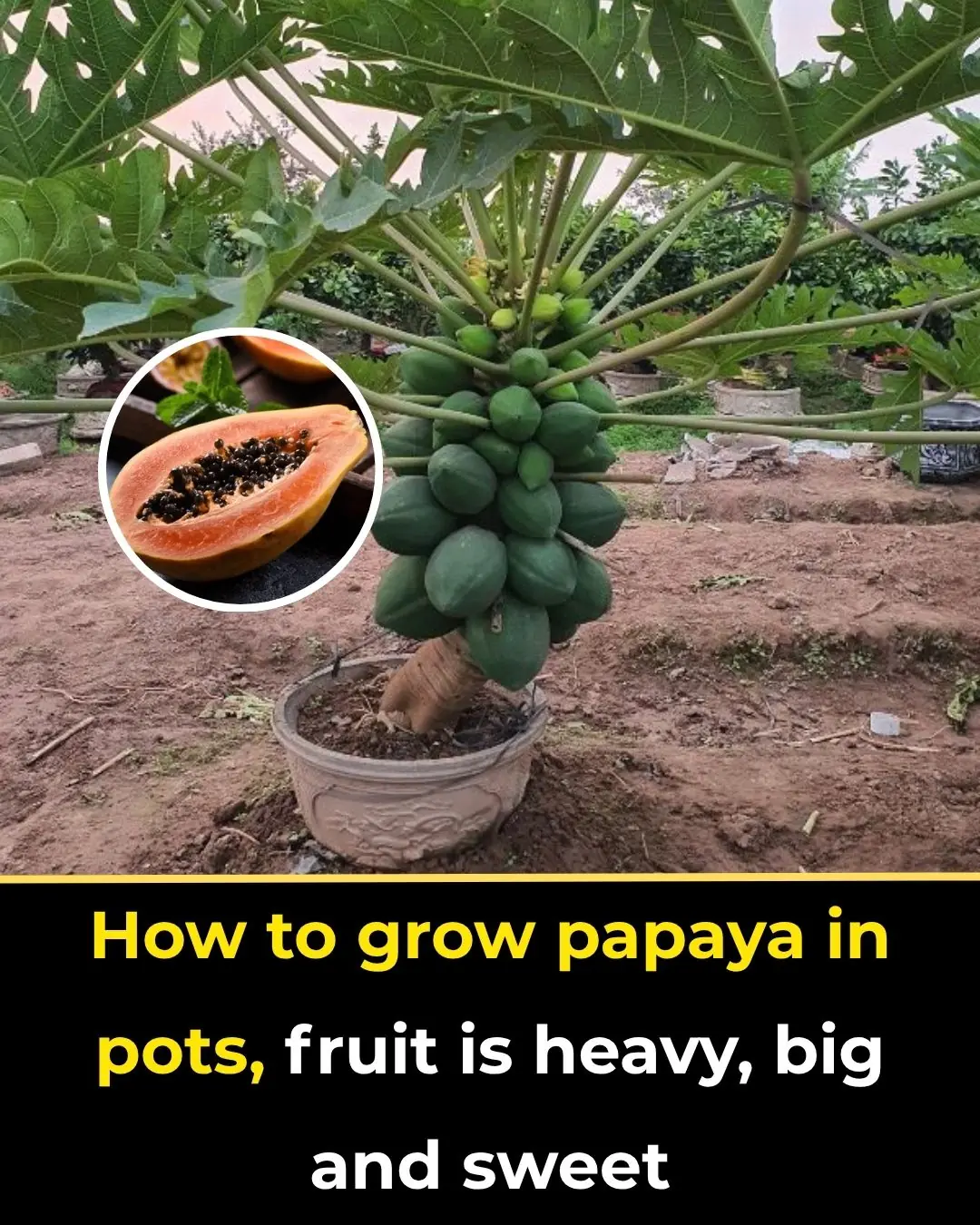
How to Grow Papaya in Pots: Heavy Harvests of Big, Sweet Fruit

Save Millions of Dong in Electricity Bills Each Year by Cleaning This Hidden Part of Your Rice Cooker
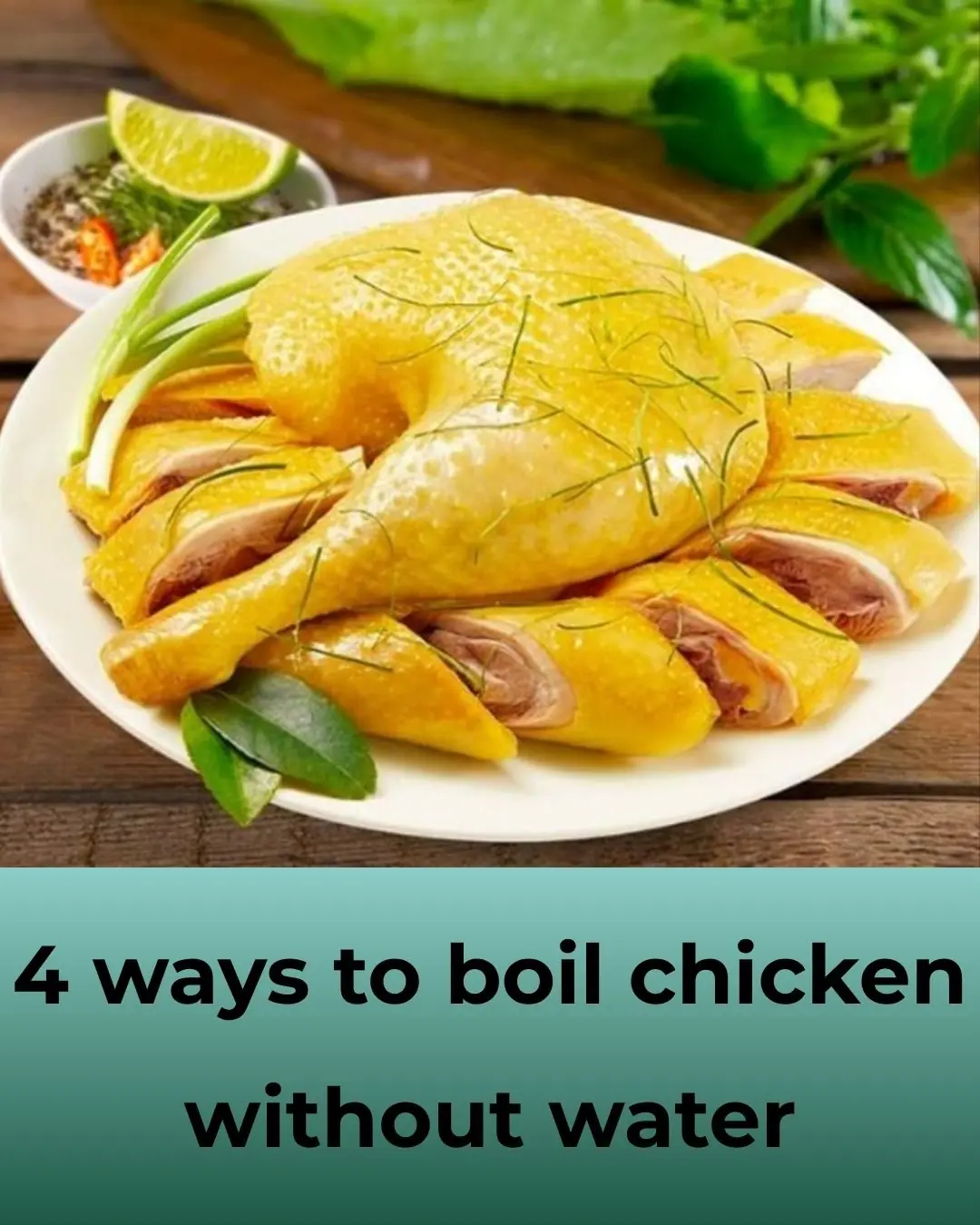
4 Ways to Cook Chicken Without Using Water

Today I Learned How to Use the Detergent Drawer on a Washing Machine—No Wonder My Clothes Weren’t Getting Fully Clean

My nana taught me this hack to get rid of grill gunk in 4 mins with 0 work. Here’s how it works

Most do this wrong: 10 things you're over-washing

Pillow filling turns yellow with tiny mold spots that soap can't remove: Soak it in this and even heavy dirt will come out spotless
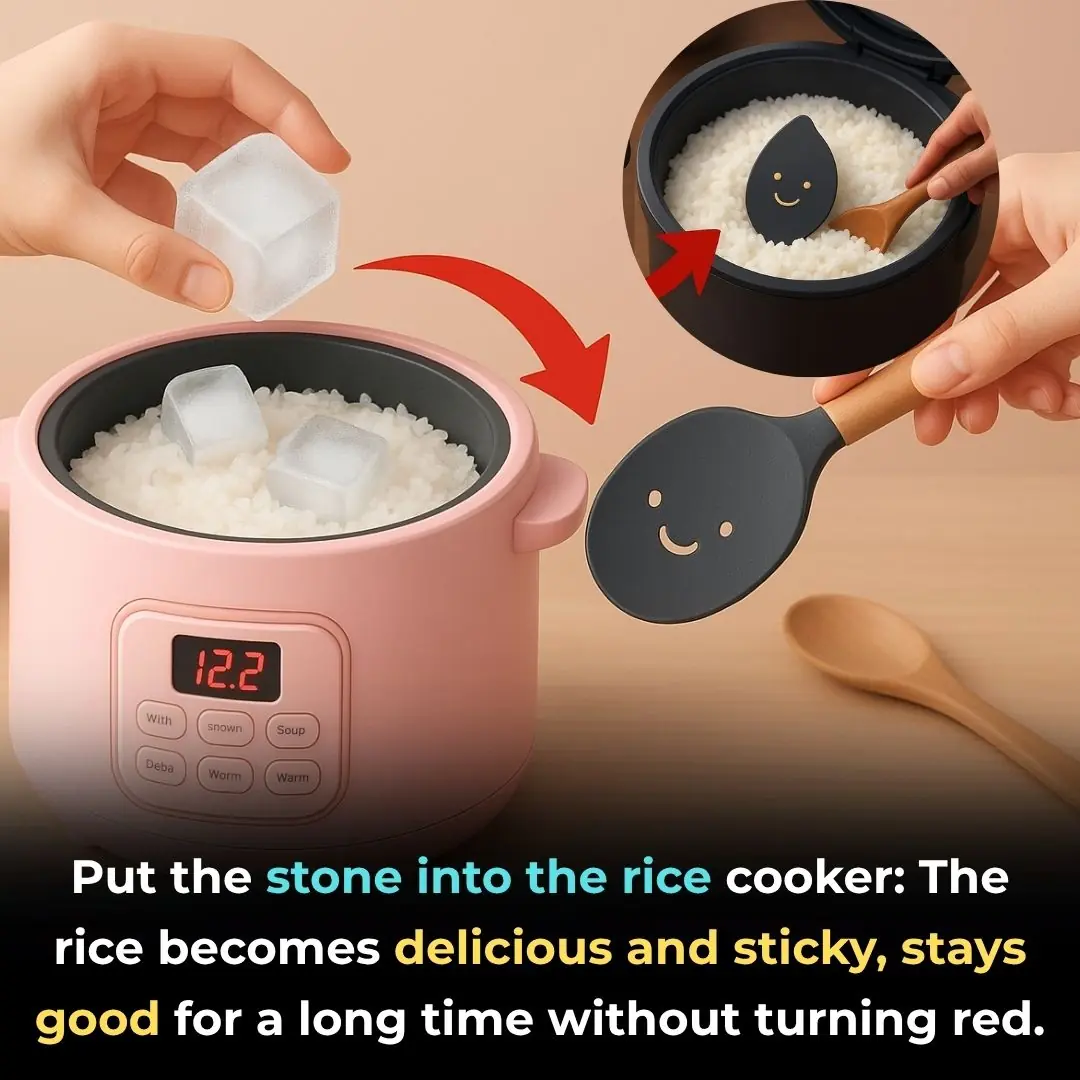
Put the stone into the rice cooker: The rice becomes delicious and sticky, stays good for a long time without turning red.

Natural substances in honey when consumed in the morning help detoxify the body and are effective for weight loss.
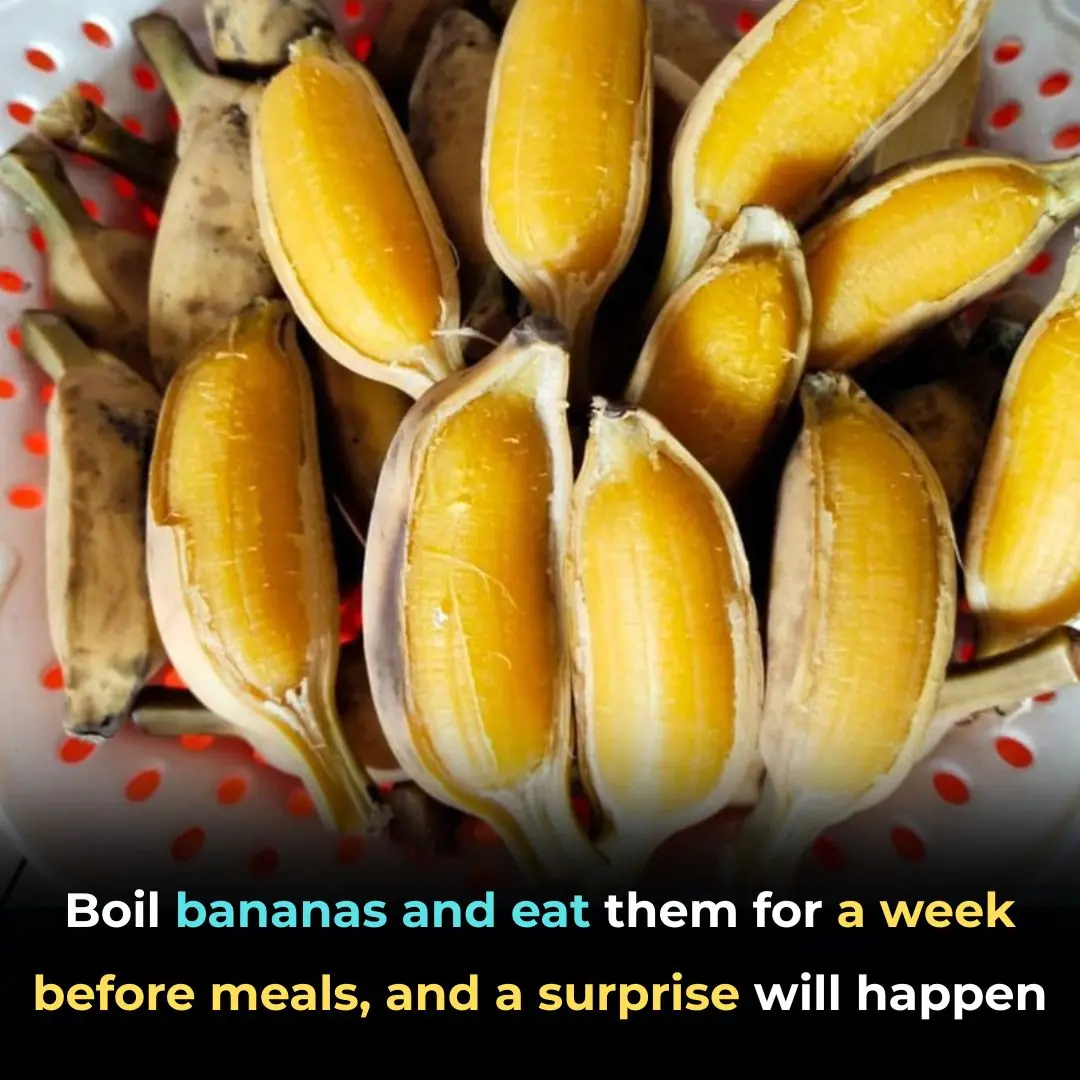
Boil bananas for a week and eat them before meals, and something surprising will happen.
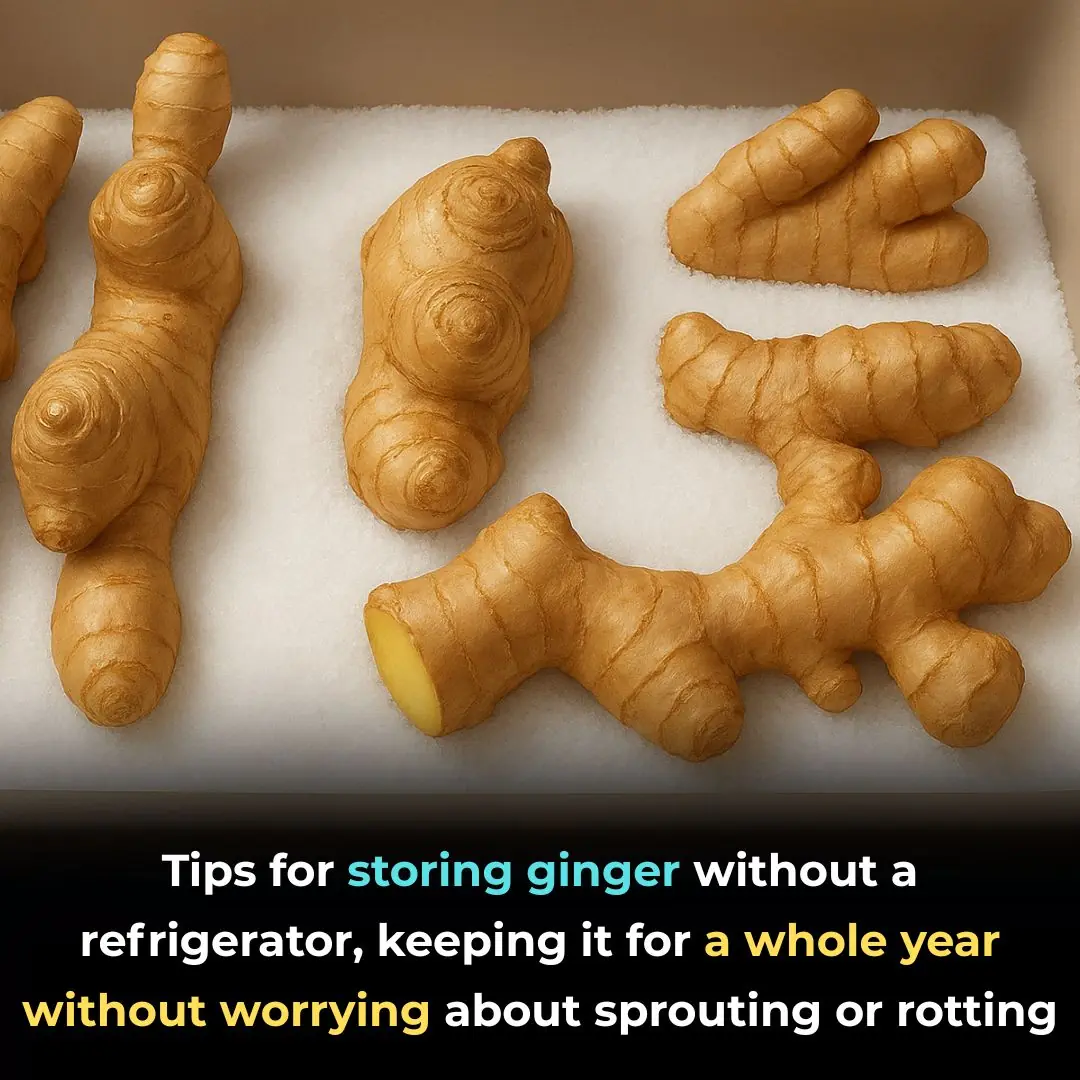
Tips for storing ginger without a refrigerator, keeping it for a whole year without worrying about sprouting or rotting
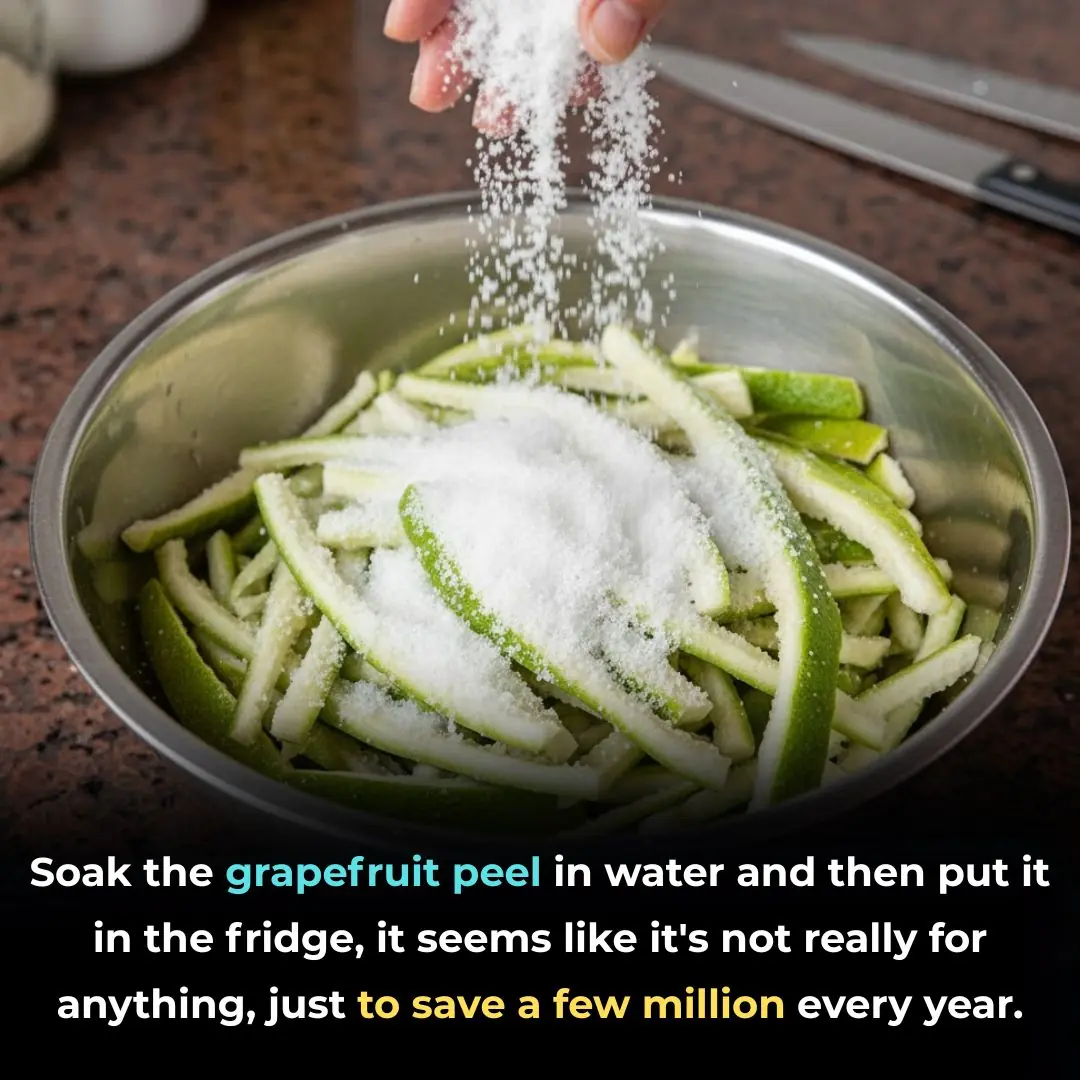
Soak grapefruit peels in water and then place them in the fridge, seems like it's not for anything but to save money every year
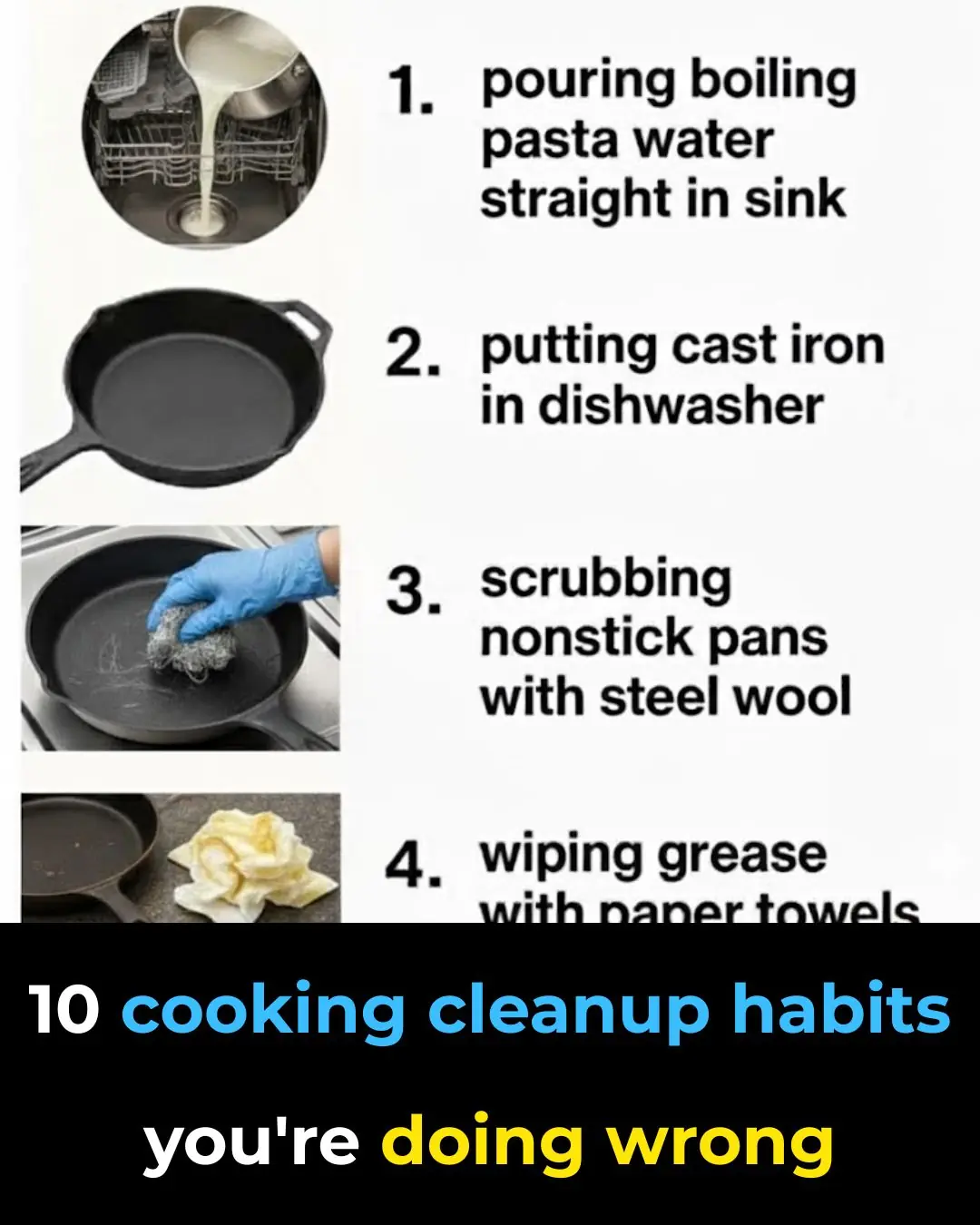
10 cooking cleanup habits you’re doing wrong
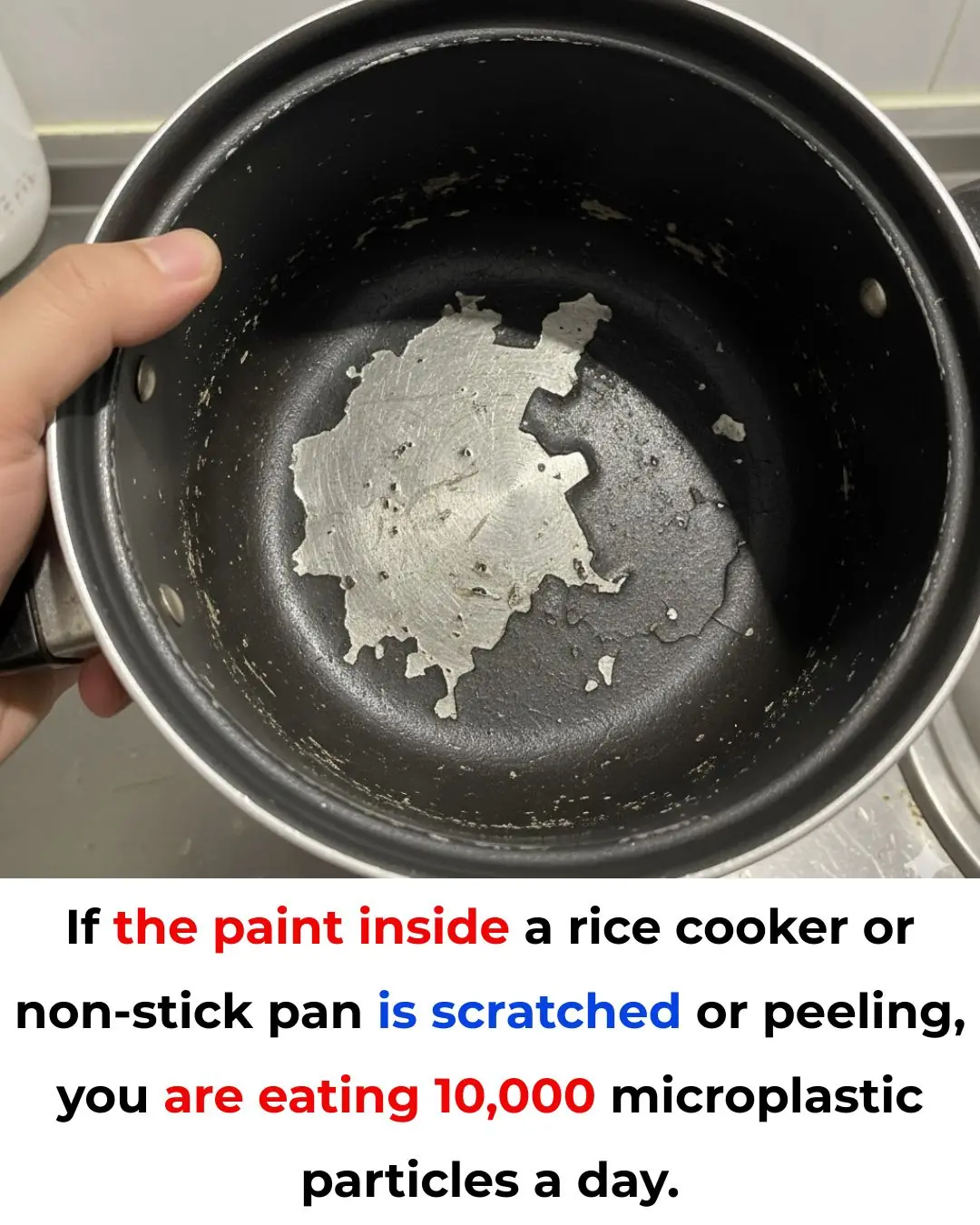
If the Non-Stick Coating on Your Pan or Rice Cooker Is Scratched, You’re Eating 10,000 Microplastic Particles a Day
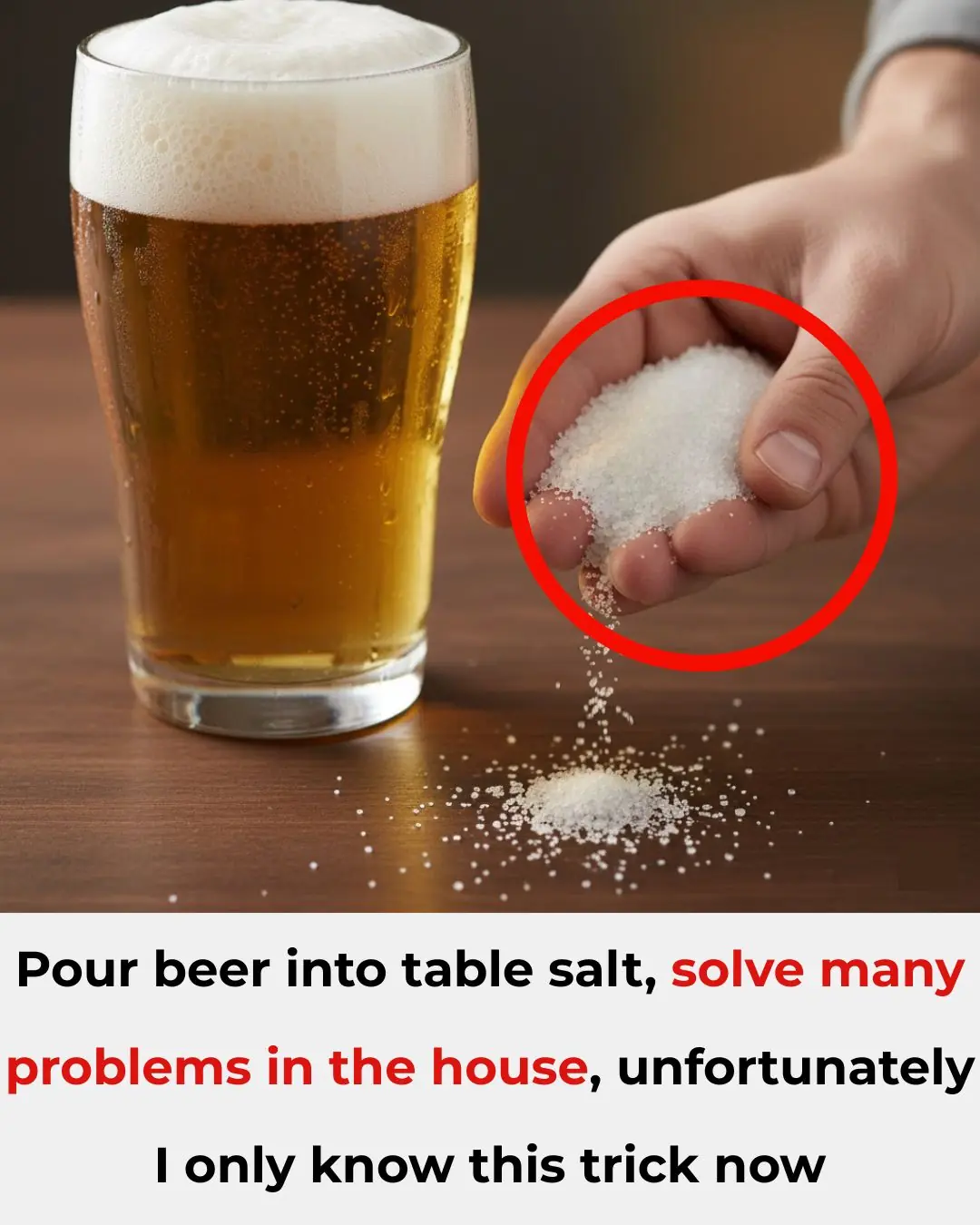
Pouring Beer Into Table Salt? It Solves So Many Household Problems — I Wish I’d Known This Trick Sooner!
News Post

Rock Star’s Family Devastated As Common Symptom Leads To ER Visit And Aggressive Cancer Diagnosis

Tammy Slaton Shocks Fans With Stunning Weight Loss Photos—Inside Her Transformation

Doctors Feared Baby Had a Mouth Tumor—But the Real Cause Left Everyone Stunned

31-Year-Old Father Warns Others After Subtle Symptoms Lead to Colon Cancer Diagnosis

35-Year-Old Man Dubbed the “Modern Dorian Gray” Reveals His Unusual Secrets for Staying Youthful

7-Eleven Manager Allegedly Suffocates Employee During Shift—Victim Dies Days Later

Take This Before Bed — and Wake Up Transformed
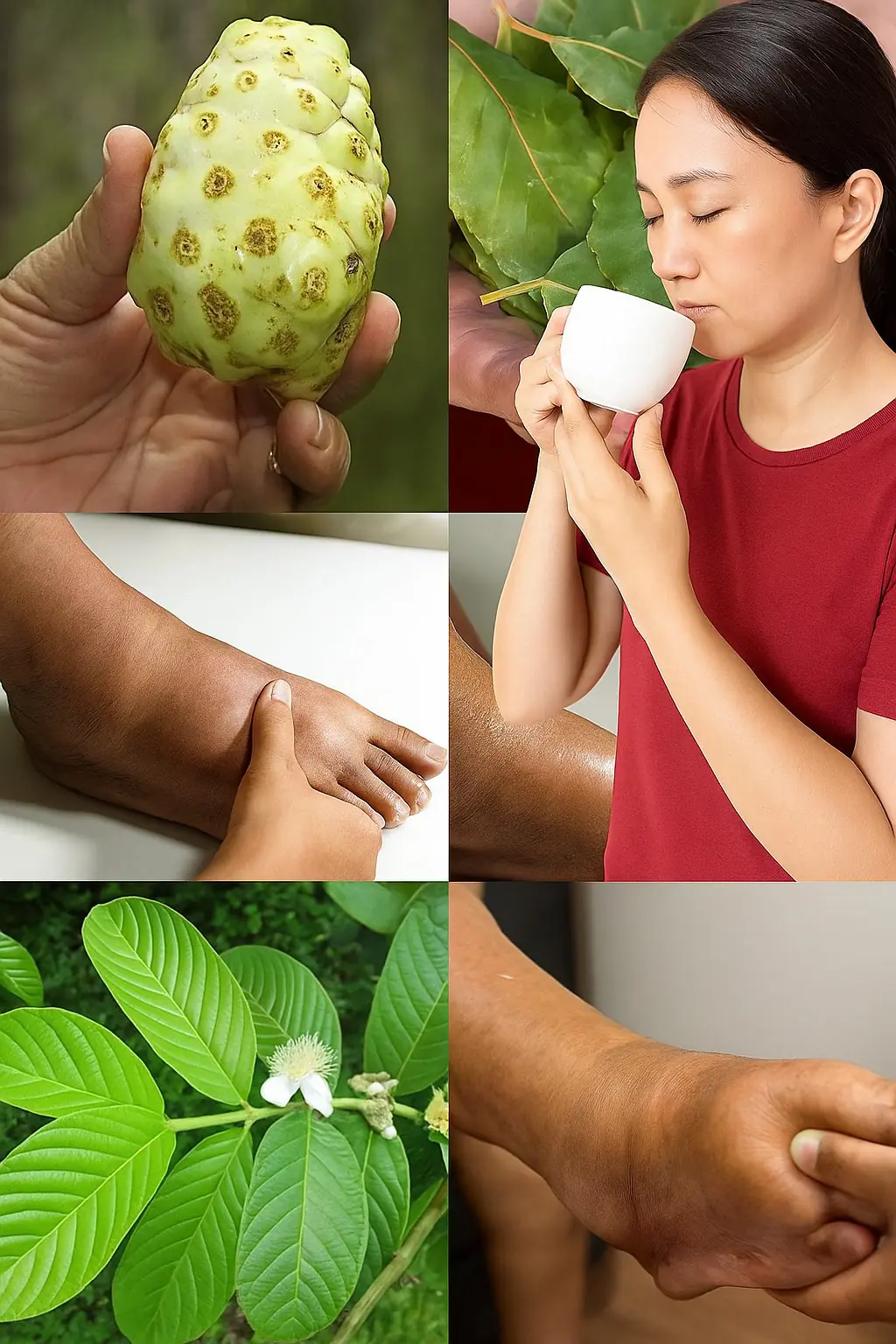
The Ultimate Healing Tonic: A Powerful Natural Drink for Swollen Feet, Diabetes & Poor Circulation

Stop This Dangerous Habit Before Your Phone Explodes!

Women Who Age Quickly & Have Shorter Lifespans Often Do These 4 Things at Night — How Many Are You Guilty Of?

Eating Fish “for Ultimate Strength” — 30-Year-Old Woman Diagnosed with Premature Ovarian Failure, Body Full of Mercury

42-Year-Old Man Dies of Stroke Despite No Smoking or Alcohol — Doctor Warns: “How Dare You Eat This Every Day!”

“Doctor warns: 3 beauty habits you might think are harmless — but that could speed up cancer development!”
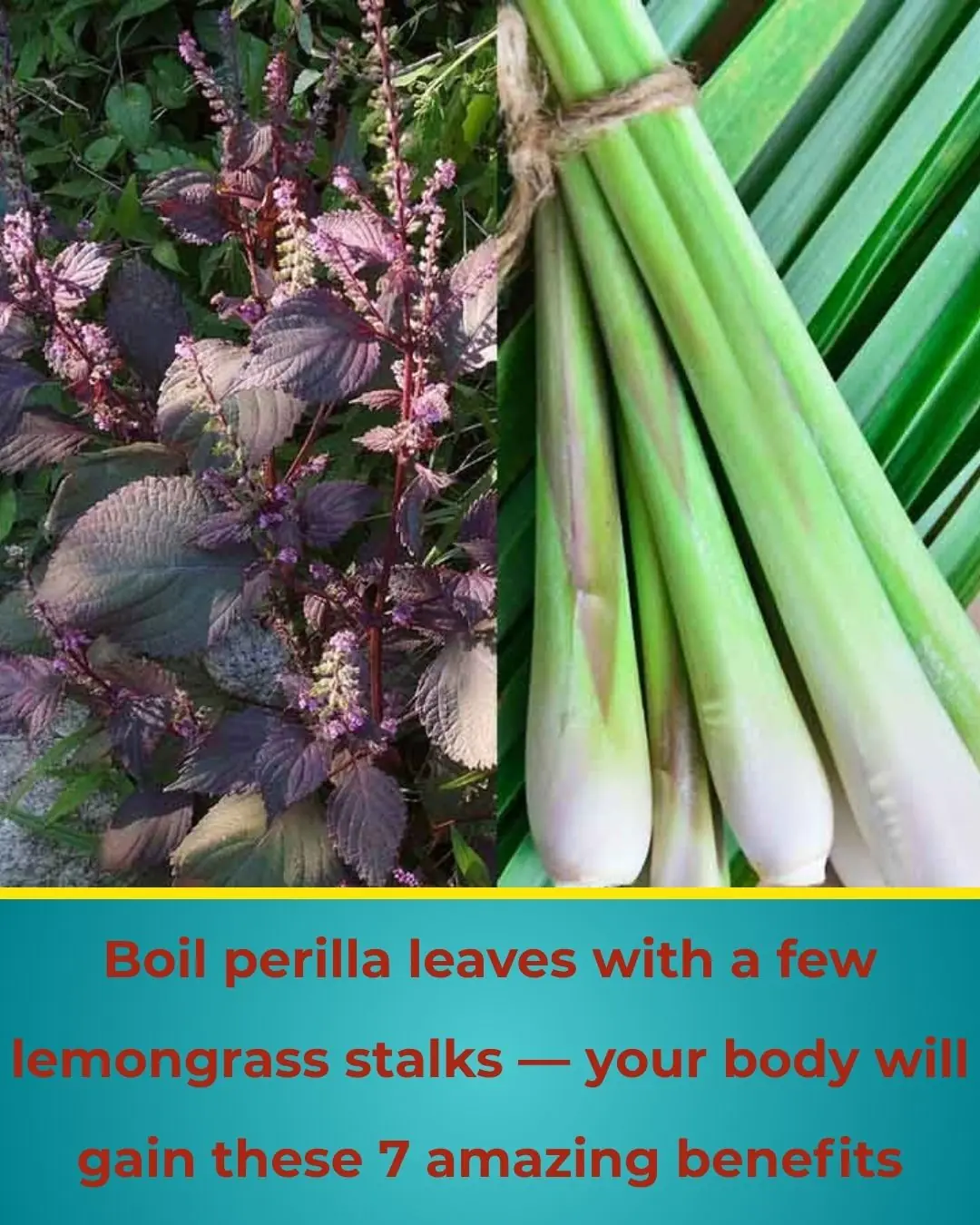
Boil Perilla Leaves with a Few Stalks of Lemongrass — Your Body Gets These 7 Excellent Benefits

Everyone Fears Diabetes — But Diabetes “Fears” These 5 Foods the Most

Objects That May Be Harming Your Health Without You Noticing
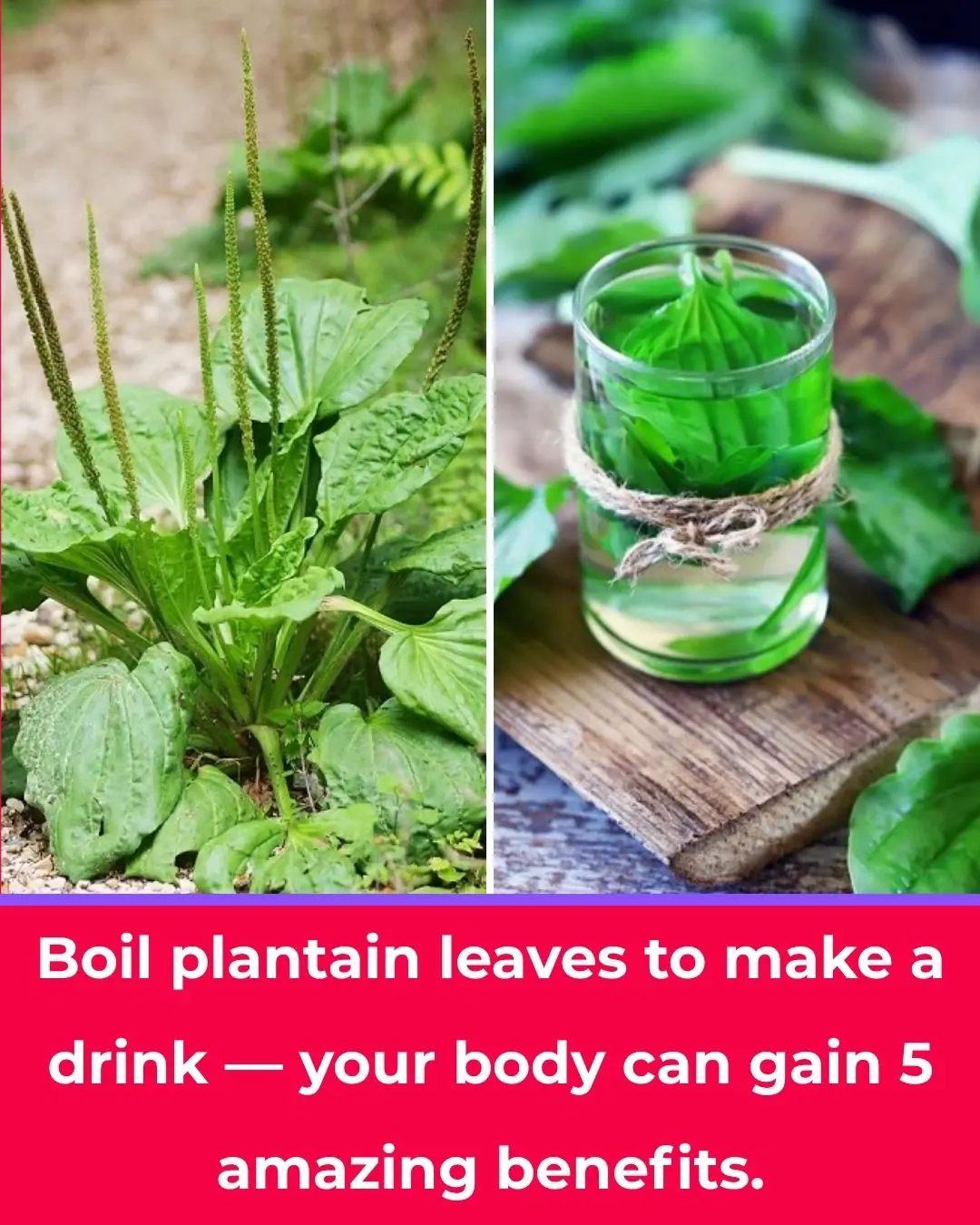
Drinking Plantain Leaf Tea: 5 Powerful Health Benefits for Your Body
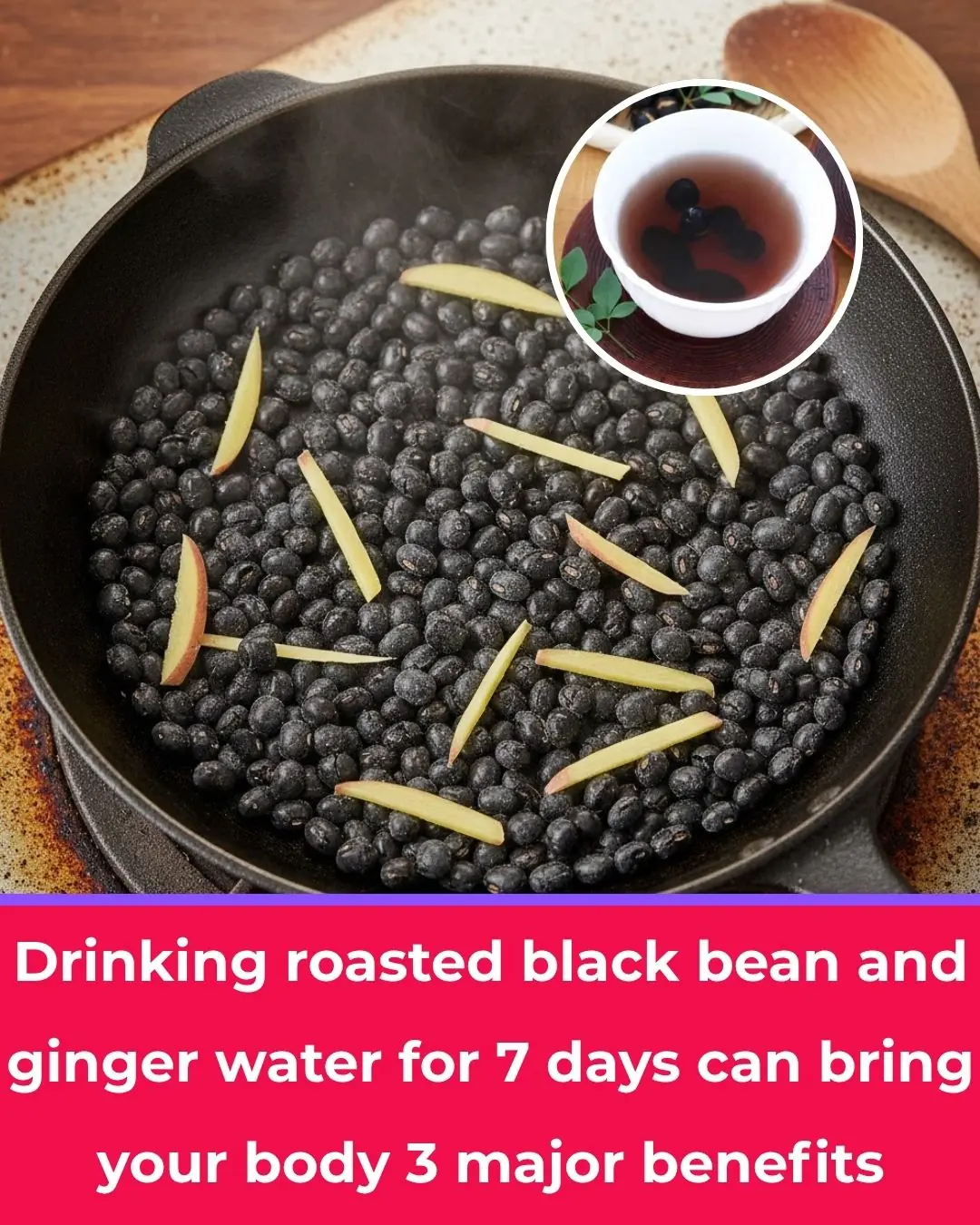
Drink Roasted Black Bean and Ginger Tea for 7 Days — Your Body Will Thank You with 3 Amazing Benefits
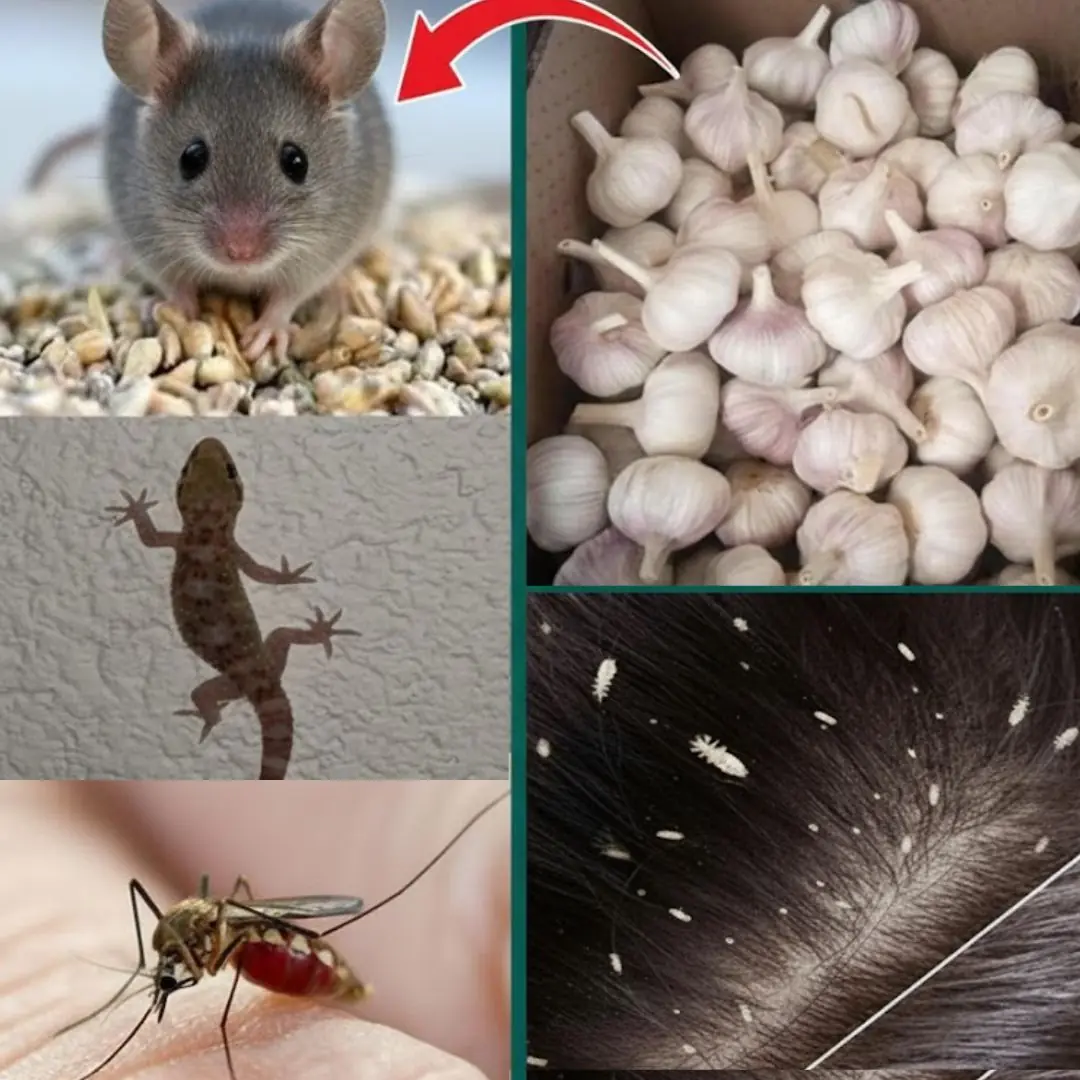
Garlic: The Natural Weapon Against Pests You Probably Forgot About
